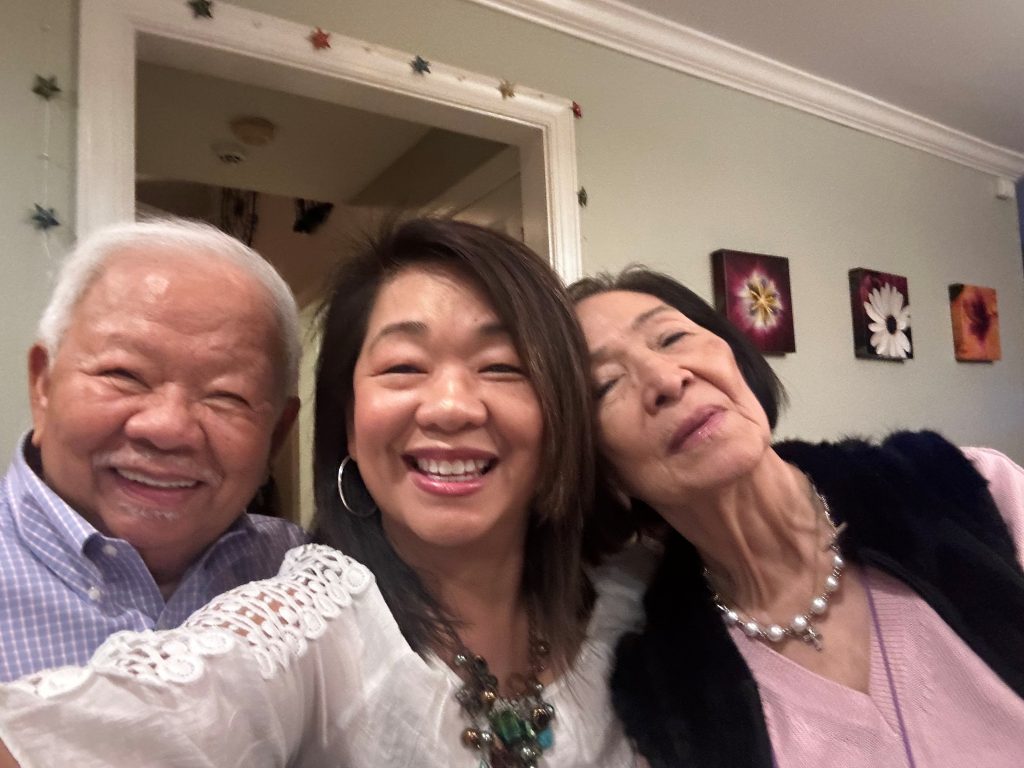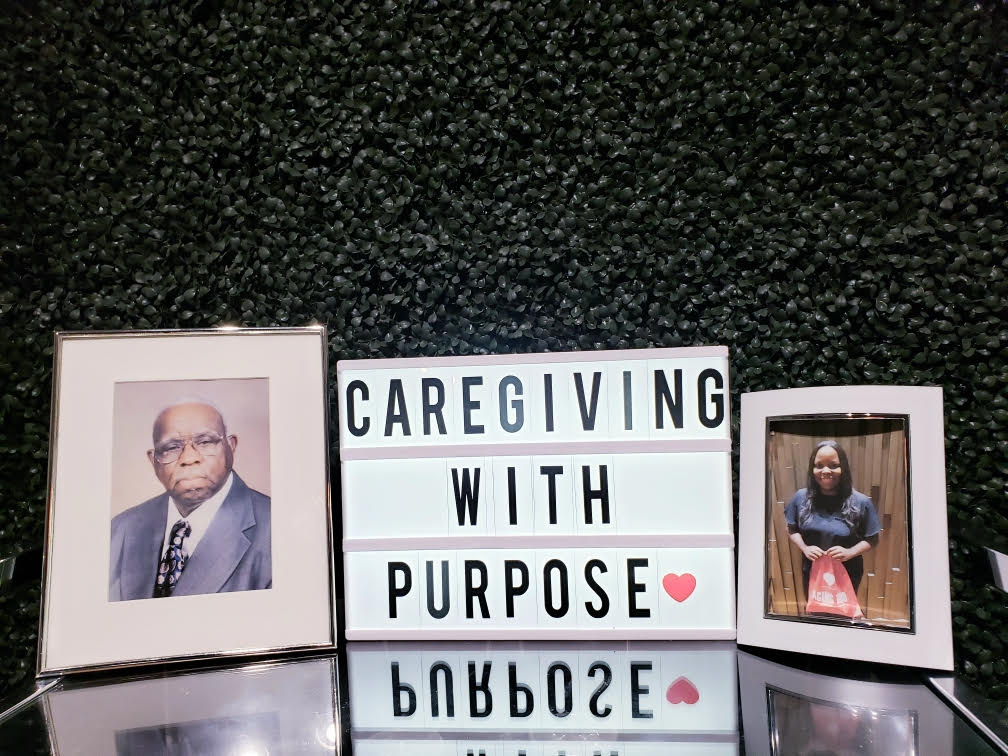With the speed at which technology is advancing, it’s not just older adults who are being left behind. “I can’t even keep up with all the new apps,” said Kaylee, 21, a social media manager. But considering the growing number of older adults and the increased reliance upon technology for everyday living, there’s a critical need for technology companies to design for the older consumer rather than just for the masses. All companies using technology solutions should involve their older customers in designing, testing, and launching technology tools.
“It’s like they’ve [technology companies] just written us off. It’s like everything is for the young people,” said Grace, 77.
Studies show today’s generation of older adults differs from past generations, with Baby Boomers being more educated, tending to work longer, and remaining more active and independent. People ages 65 and older also are a heterogeneous group, so it’s not wise to make generalizations regarding their technology usage, adoption and confidence. These differences were supported in a qualitative research study I conducted last year. I interviewed 15 older adults, ages 65 to 87, who lived in California, Texas, Utah and the District of Columbia.
‘I am confident with the tools I know, but I am not very confident in general. I don’t try new things.’
I used a convenience sampling approach to identify study participants, and by chance, all 15 were college-educated, and 11 had earned a graduate degree. Even with such a highly educated group, only two of the 15 participants said they were very confident using technology (these individuals had learned to use technology in school.)
A more common response was shared by Ava, 76, who said, “I am confident with the tools I know, but I am not very confident in general. I don’t try new things.”
The study explored three overarching questions: How do older adults use everyday technology such as laptops, smartphones or tablets? What barriers get in the way of their use? How can these types of information and communications technology (ICT) be improved for older adults?
Interview Findings
Six themes emerged from the participant interviews. Disabilities—mostly with vision or hearing—resulted in strain or difficulty using ICT. But none of the disabilities prevented the use of technology altogether.
The problems the interviewees experienced tended to be technical, and they found user interfaces to be unintuitive. “There are a lot of problems that I don’t even know how to explain, because I don’t understand them to begin with,” said Belle, 75. The top complaint was software updates. While software updates do not require user knowledge, the unintuitive user interface and unfamiliar technical instructions created barriers when software updates launched.
David, 84, ran a YouTube channel of travelogues that combined narration with photos, videos, music, historical facts and route details using Google Earth satellite images. Even with his technical fluency, David found software updates to be unintuitive. As he said, “Almost every time there’s a Microsoft update, you have to start all over to figure out what the update has done.”
Older adults appreciate the power of ICT yet feel excluded from it. “Every day, I am in awe of what the world is capable of showing me, and that’s amazing about technology!” said Kelly, 69. But barriers upon barriers prevent access to much of the information, tools and resources Kelly describes. To illustrate, we need look no further than the difficulties experienced by many older Americans as they attempted to register for the COVID-19 vaccine in the first quarter of 2021. Many older adults found they could not manage the process because they had no broadband access, nor a device to register for appointments, or the ability to navigate the process.
‘They give you the device and leave you on your own.’
Older adults do not have sufficient ICT training, and they lack access to trusted help resources. “What tech companies need to do is put a great big goddamn help button on the screen and just hit help, and somebody will pop up on the screen and tell you what to do to make the font bigger, or something as simple as that,” said Griffon, 67.
Michael, 87, recommended that technology firms provide help at the outset. “They give you the device and leave you on your own.”
And finally, a lack of confidence prevents some older adults from using ICT. Many presume all ageist views are held by young people, however, some older adults believe these notions, too. And those who do are less willing to try to learn new technology.
Solutions for Implementation
The most important recommendation for technology companies and anyone using a technology solution is to design around the user and include older adults in each part of the design process. Technology firms, mostly comprising workers in their 20s and 30s, should actively recruit and upskill older workers. With the current focus on diversity, equity and inclusion, older workers would provide invaluable insights and experience.
For less confident older adults, “warm experts”—people who have a close personal relationship with a novice user—can help train older adults. The focus of such training should be on the benefits of skills mastery and repetition of tasks.
Companies should use low-tech solutions to solve technology problems and hire staff that is accustomed to and enjoy working with older adults.
According to the AARP’s Longevity Economy Outlook, the technology spending power of the ages 50 and older group is expected to grow from $140 billion in 2018 to $645 billion in 2050. Given this incredible spending power, designing technology around older adults is not only a wise investment but also the right thing to do for a growing segment of America.
Kim Nguyen, EdD, is a recent graduate of USC’s Rossier School of Education. Her mother was the inspiration for her research study. Nguyen is passionate about digital inclusion, especially for older adults, and believes that how well we care for the youngest and oldest members of society—and those in between—is the true measure of our country’s prosperity and health.













